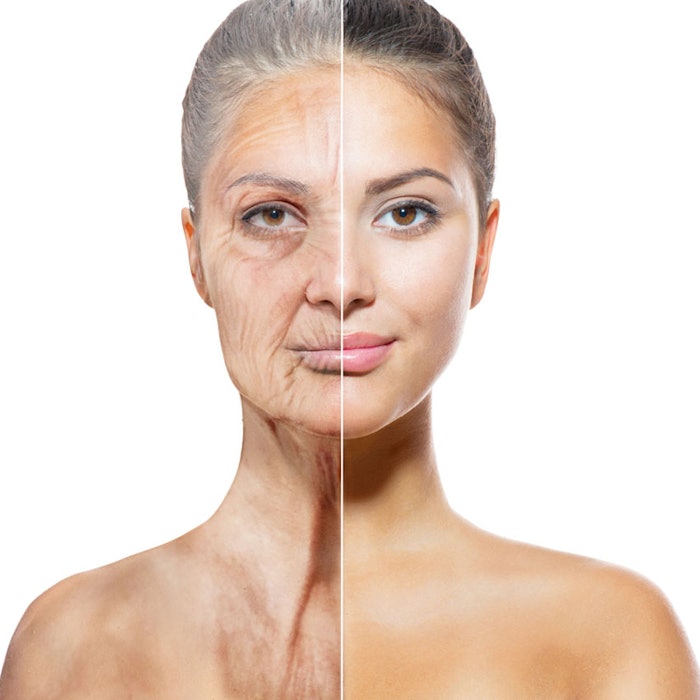
A new study has found the activity of mitochondrial complex II, which is a key metabolic enzyme found in human skin cells, declines as humans age.
These findings, as published in the Journal of Investigative Dermatology, help scientists at Newcastle University, UK, better understand human skin cells. With this knowledge, the researchers can create potential anti-aging treatments and cosmetic products specialized to work against the decline in the enzyme’s activity levels.
With these results, scientists can develop more treatments for age-related diseases, such as cancer, with the understanding of how other body organs age.
Reflections from the Study’s Leading Professor
The leaders of the study were Mark Birch-Machin, professor of molecular dermatology at Newcastle University and Amy Bowman, Ph.D., research associate at Newcastle University's Institute of Cellular Medicine, along with part of Birch-Machin’s research group. Birch-Machin shared his insights about the research.
"As our bodies age we see that the batteries in our cells run down, known as decreased bio-energy and harmful free radicals increase. This process is easily seen in our skin as increased fine lines, wrinkles and sagging appears.
"Our study shows, for the first time, in human skin that with increasing age there is a specific decrease in the activity of a key metabolic enzyme found in the batteries of the skin cells. This enzyme is the hinge between the two important ways of making energy in our cells and a decrease in its activity contributes to decreased bio-energy in ageing skin.
"Our research means that we now have a specific biomarker, or a target, for developing and screening anti-aging treatments and cosmetic creams that may counter this decline in bio-energy.
"There is now a possibility of finding anti-aging treatments, which can be tailored to differently aged and differently pigmented skin, and with the additional possibility to address the aging process elsewhere in our bodies."
The Research
To determine if there was a difference in activity as age increases, the complex II activity was measured in 27 donors, aged 6 through 72.
Samples were taken from a sun-protected area of skin, and techniques were used to measure the activities of the key enzymes within mitochondria. The mitochondria are involved in producing the skin cell’s energy derived from the epidermis and dermis, or higher and lower levels of skin.
The complex II activity showed cells derived from the lower levels declined with age, per unit of mitochondria. The amount of enzyme protein decreased due to the decline, and the decrease was only examined in the cells that stopped reproducing.
Continuing Studies
Future studies will now have to complete the requirement in setting up techniques to monitor anti-aging approaches in human skin, while also completely understanding skin’s functional consequences and other tissues.
"Newcastle University is pioneering research into aging as it has long been thought that mitochondria play an important role in the aging process, however the exact role has remained unclear,” said Bowman. “Our work brings us one step closer to understanding how these vital cell structures may be contributing to human aging, with the hope of eventually specifically targeting areas of the mitochondria in an attempt to counteract the signs of aging."
A recent study on mice showed the activity of complex II is lower in the skin of naturally aged older mice, in comparison to the skin of younger mice.
Source: EurekAlert!









